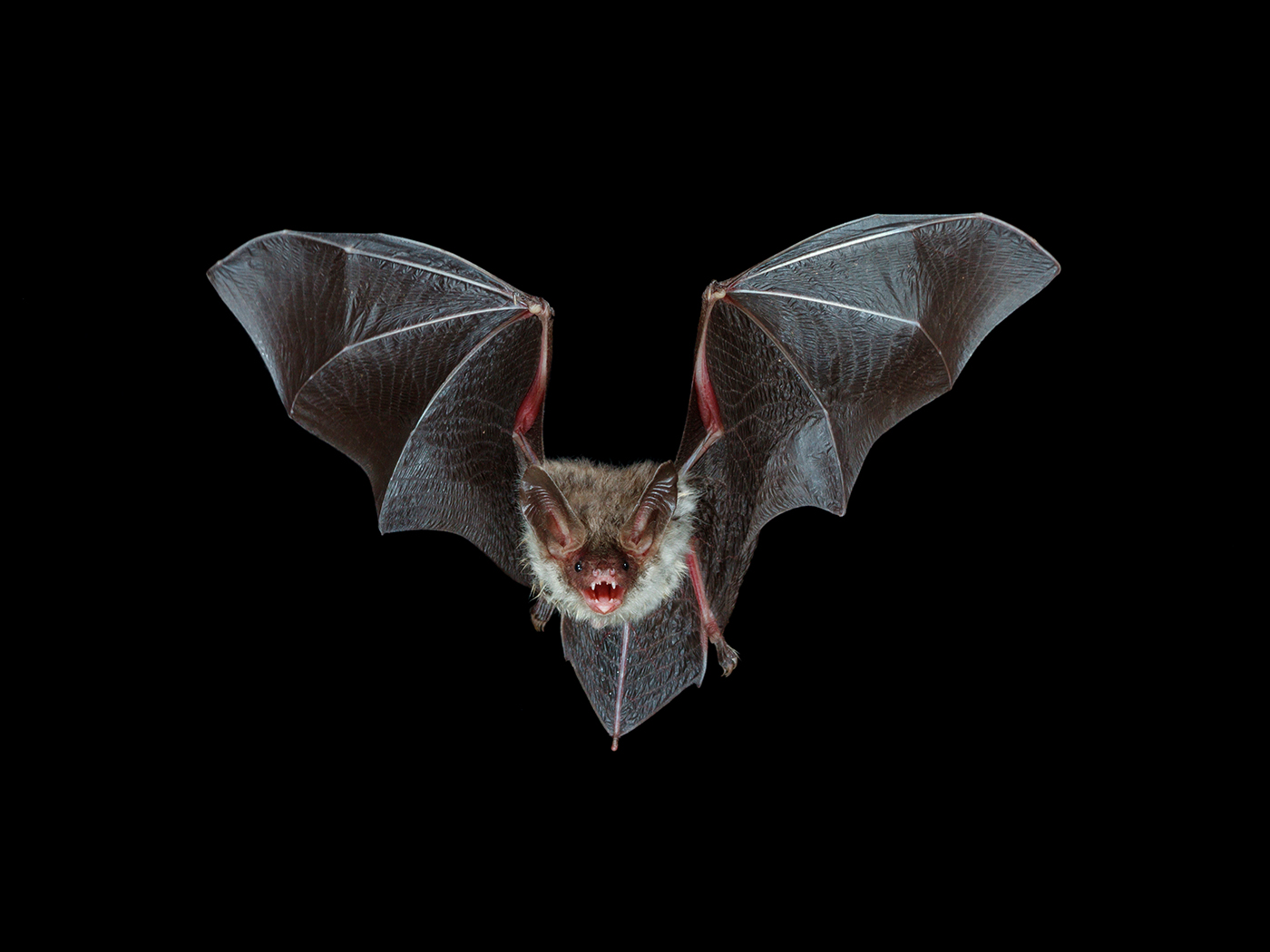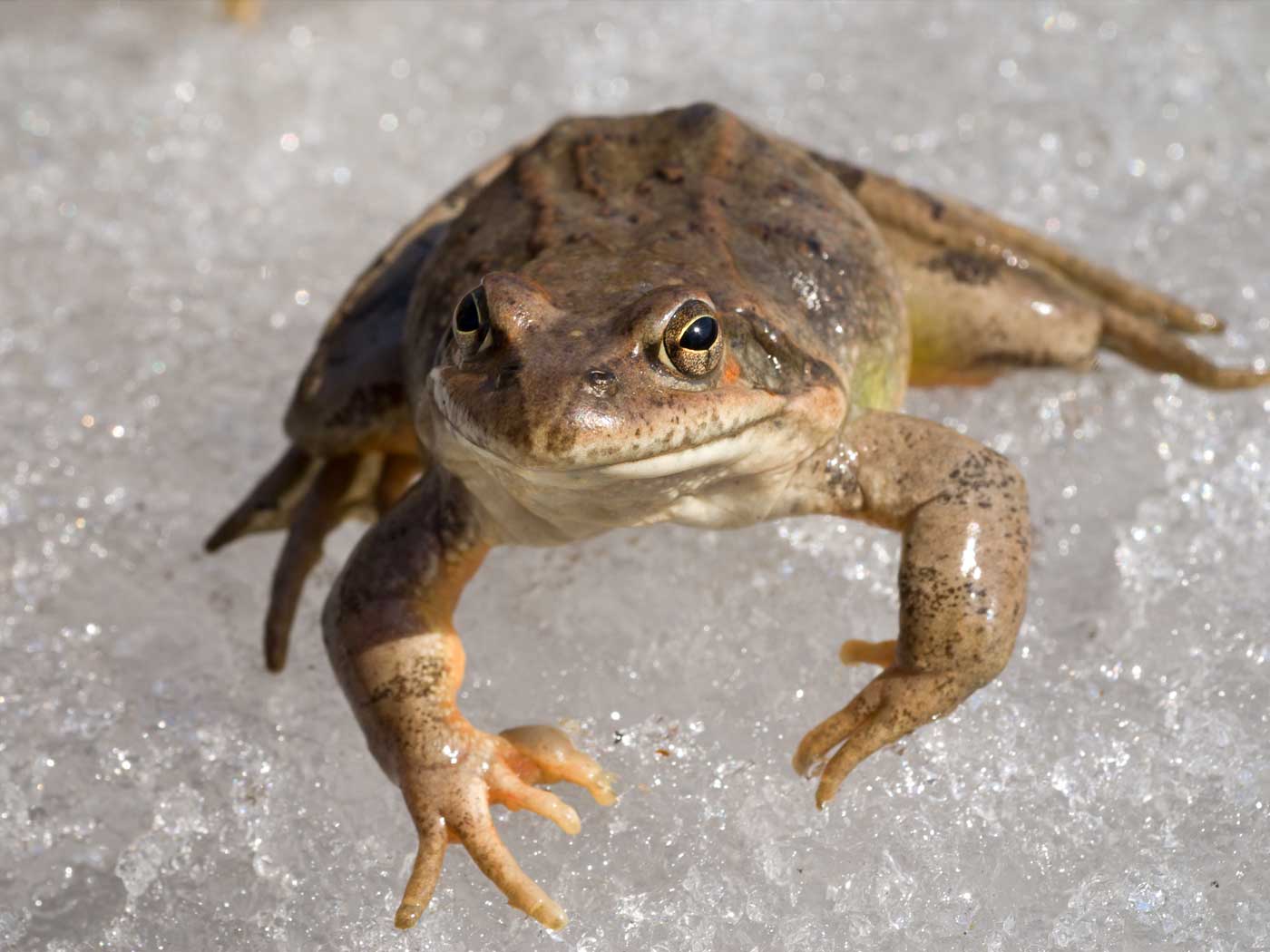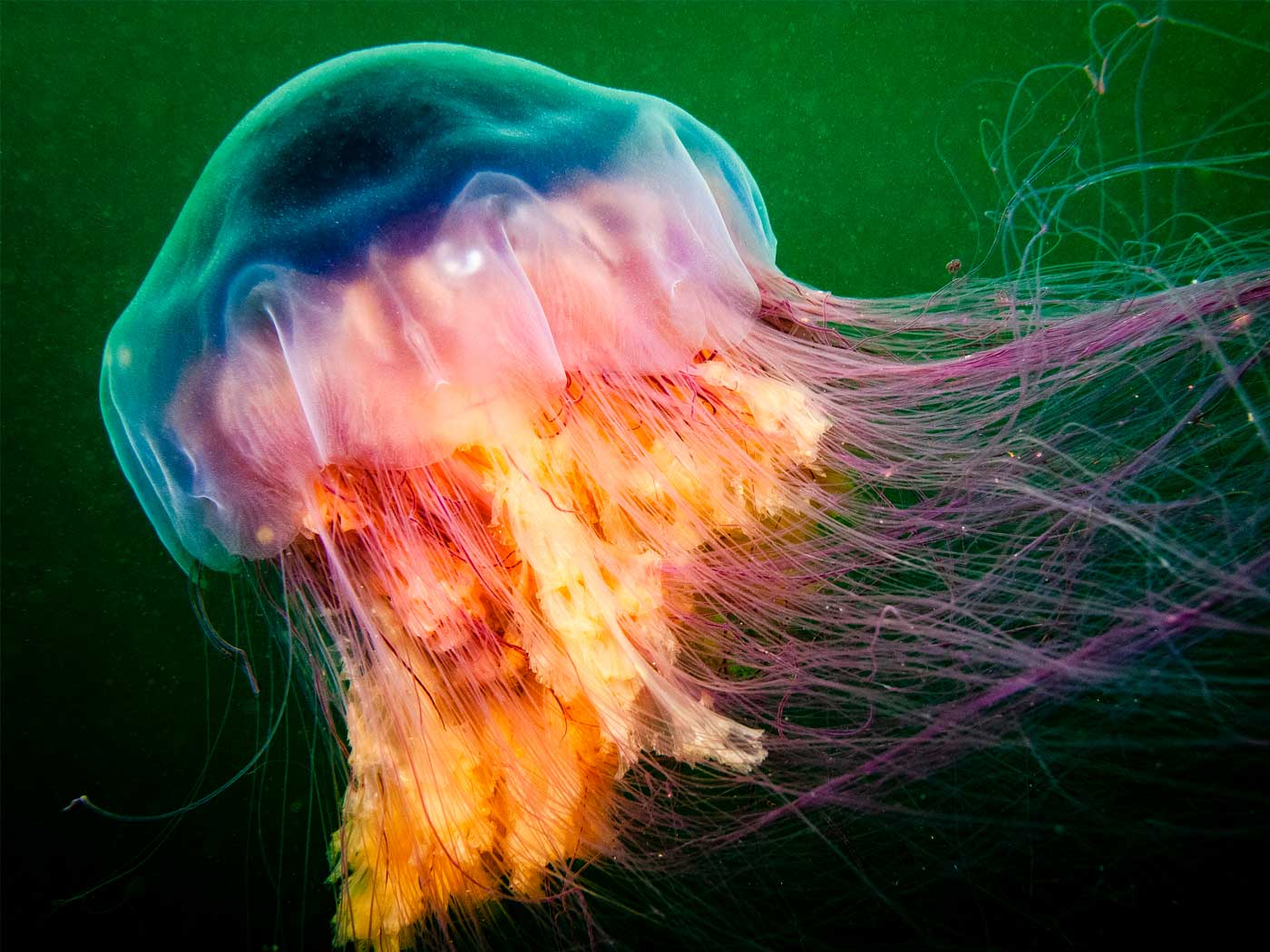The brains of birds are tiny, but many contain the right programming to make them the best talkers in the animal kingdom. In addition to the parrot’s talking skill set, a new study found that Siberian jays show “complex communication.”1 Why would a “lower” order of animal have this ability?
Jays sometimes gang up on owls and hawks, their primary predators, in an activity called “mobbing.” Uppsala University research on Siberian jays, slated to appear in the Proceedings of the Royal Society Biological Sciences, investigated the specifics of how jays communicate when mobbing predators. The study found that these birds have “over 25 different vocalisations,” which combine to form “over a dozen different calls [while mobbing], some of which are specific for owls and other [sic] for hawks.”1
The university press release stated that “the only other animal species with a comparably rich vocabulary when mobbing predators are meerkats.” Study author Michael Griesser stated that his work with jays “supports the idea that the need to survive encounters with predators might have played an important role for the evolution of complex animal communication.”1
Or, it may not have. Many animals—including numerous reptiles, amphibians, birds, and mammals—have survived just fine without complex vocalization strategies. Thus, there was no survival-based need for mobbing vocalizations. There is not even a natural process whereby voice boxes and their neuromuscular control features and the necessary cognitive identification of particular sounds with their meanings can arise all by themselves.
If, on the other hand, certain creatures like Siberian jays were designed to make complex vocalizations in general, then they would be able to manifest their vocal talents when mobbing. Mobbing didn’t cause the development of vocalizations, but is just one activity in which jays exhibit their uniquely complex speech.
God made birds to be the best animal talkers not necessarily because they needed that ability to survive, but perhaps because it pleased Him to express His creativity in that manner.2 Then again, God may have omitted superior vocal skills from “higher” animals and given them to jays and other birds just to make it more obvious that humans, with their even greater complex communication, were specially created and are not descendants of any other animal.3
References
- Siberian jays use complex communication to mob predators. Uppsala University press release, June 8, 2009, reporting research published in Griesser, M. Mobbing calls signal predator category in a kin group-living bird species. Proceedings of the Royal Society B, published online before print May 27, 2009.
- Revelation 4:11.
- Romans 1:20.
* Mr. Thomas is Science Writer at the Institute for Creation Research.
Article posted on June 29, 2009.






















